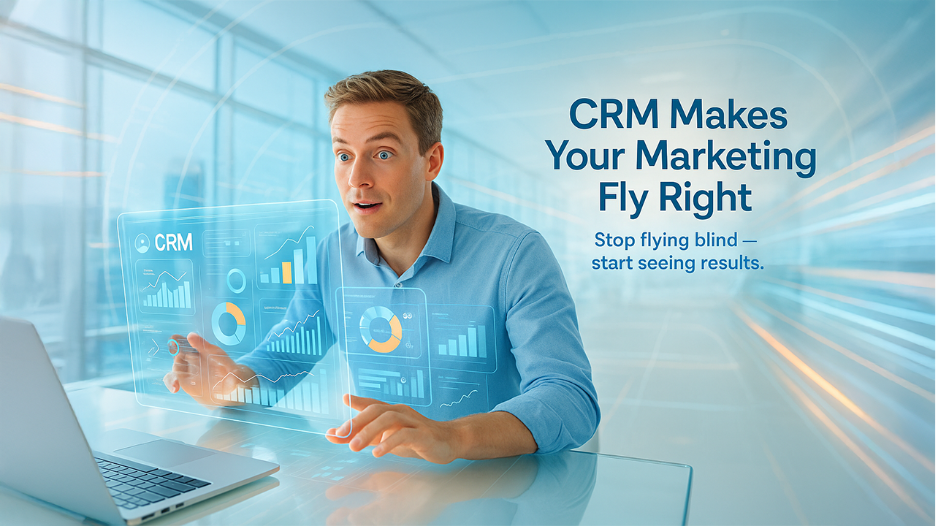When Dining Out Becomes Too Expensive
Anyone living or studying in Multan knows the struggle: you want a satisfying meal, but every time you look at the menu, prices keep climbing. Families start cutting back on weekend outings. Students rely on snacks instead of real food. And many locals feel forced to choose between taste and budget.
Early on in this guide, I want to highlight the true focus: finding affordable restaurants in Multan that deliver delicious food you’ll want to return to.
Great food shouldn’t drain your wallet — but too often, it does.
Why Settling for Cheap Food Isn’t the Answer
Sure, you can grab something inexpensive on the go. But how often does it leave you full, happy, and satisfied enough to go back?
Eating outside should feel like a treat —
not like you’re sacrificing your wallet or the flavour you deserve.
Here’s what usually happens when people choose the cheapest option:
- The portions are too small
- The flavours feel bland or reheated
- The hygiene standards are questionable
- The atmosphere doesn’t feel welcoming
- You leave still hungry (and annoyed)
When you look for places to eat in Multan, you want balance — fair prices, generous servings, and real taste that speaks for our city’s culture.
A Real Story from Multan’s Food Scene
To really understand the problem, let me share a familiar local experience:
Hassan is a student at BZU Multan. He and his friends love eating out, but their monthly budget can’t handle fancy restaurants. One weekend, they tried a new — and cheap — spot near Chungi No. 6. The pricing seemed great.
But here’s what they got:
- Cold shawarma
- Dry fries
- A dining area so cramped they couldn’t relax
- Staff rushing everyone out
That night left a bad taste — literally.
The next day, a friend recommended a small family-run restaurant in Gulgasht. Surprisingly:
Plates were full
Freshly cooked taste
The bill was almost the same
Hassan learned what many of us eventually discover — affordable doesn’t mean low quality. You just have to know where to look.
Budget Spots Where Taste Matters Most
There are restaurants in Multan that combine:
Real flavour
Clean kitchens
Generous portions
Warm, comfortable environments
Prices that students, workers & families can all appreciate
These range from:
- Local BBQ and handi specialists
- Cafés with great snacks and daily deals
- Family restaurants offering complete meals
- Street food vendors maintaining high standards
You don’t need to spend more — you just need smarter options.
What Makes a Restaurant Both Affordable and Worth Returning To?
When I evaluate a budget-friendly place, here’s what I look for:
Strong taste
Every dish should taste freshly made, not reheated or mass-produced.
Serving size
You should leave feeling full, not tricked.
Fair-value pricing
A place that keeps meals affordable without cutting quality corners.
Comfortable and clean setting
Good atmosphere makes a meal a memory.
Friendly service
Staff who actually care if you’re happy with your order.
If a restaurant hits all those marks, I consider it a win — and a place worth recommending.
Recommended Affordable Food Spots in Multan
To make choosing easier, here are options based on what you’re craving — without mentioning brand names:
For BBQ Lovers
- Juicy chicken boti and malai tikka at traditional tandoori spots around Hussain Agahi and Gulgasht
- Outdoor seating and freshly grilled flavours make these perfect for night hangouts
For Desi & Karahi Fans
- Family-run karahi and handi restaurants near Multan Cantt and Chowk Kachehri
- Fresh roti straight from the tandoor seals the deal
For Burgers and Fast Food People
- Student-friendly joints near university areas with crispy fried items and sauces worth dipping twice
For Tea and Snacks
- Roadside tea cafés with crispy samosas and pakoras around Chungi and Pul Moum
- Perfect for quick catch-ups without breaking the bank
For Rice Meal Lovers
- Biryani and pulao spots that don’t hold back on meat or masala
(If you want, I can create a full list with exact neighborhood directions.)
How to Stretch Your Food Budget Without Missing Out
Here are practical tips locals use:
- Look for daily deals — many spots offer student discounts
- Go in groups — share platters cost less and taste better together
- Choose lunch hours — portions are often bigger during the day
- Try newly opened places — they focus more on quality to build reputation
Delicious doesn’t have to mean pricey — it simply requires a little smart choosing.
Why Multan’s Affordable Dining Matters
Food here isn’t just fuel — it’s culture.
When affordable eateries thrive:
- Families dine out more often
- Students enjoy their city instead of staying in dorm rooms
- Local small businesses survive in a competitive market
- Our community’s food identity stays strong
Supporting these restaurants means supporting the heart of Multan.
Conclusion
Good food shouldn’t be a luxury. Whether you’re a student counting coins or a family planning your next meal out, Multan has plenty of spots that offer genuine taste at friendly prices.
If you’d like help exploring the best affordable dining options — whether for a casual meet-up, a daily lunch, or a family treat — I’d be glad to guide you toward the right place.








